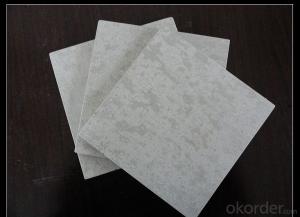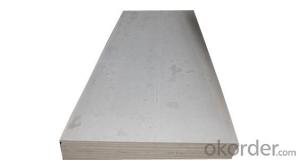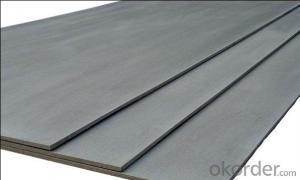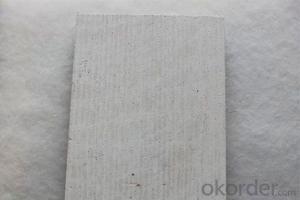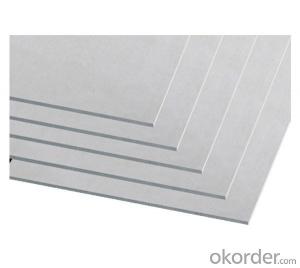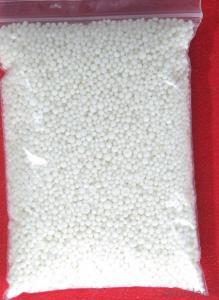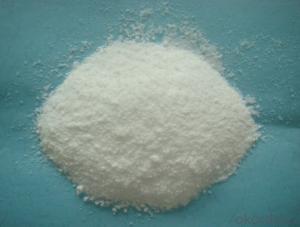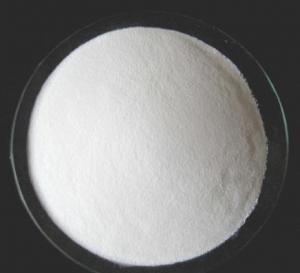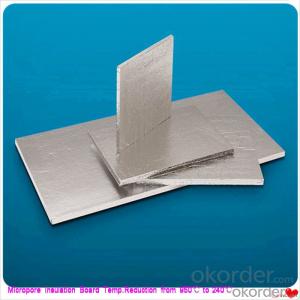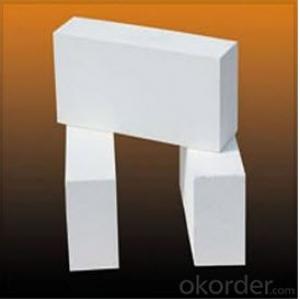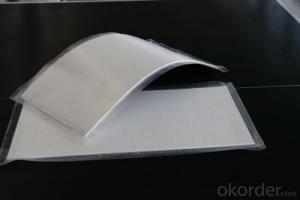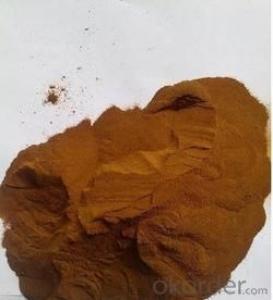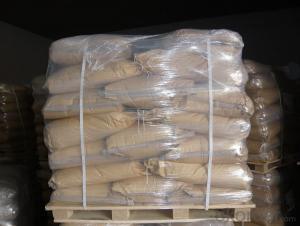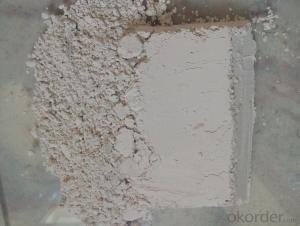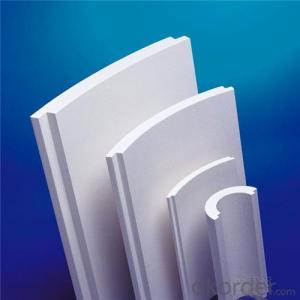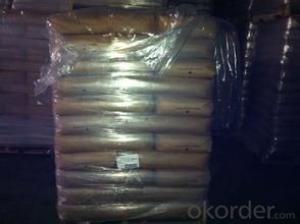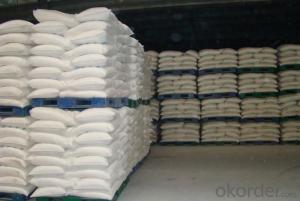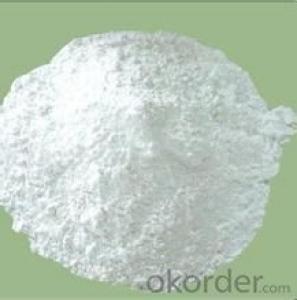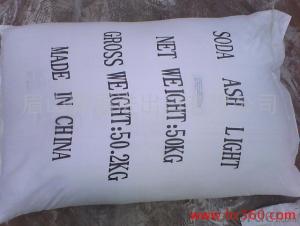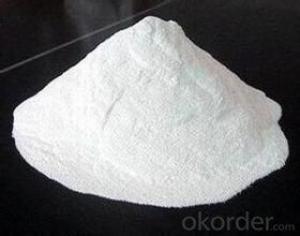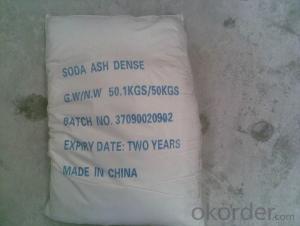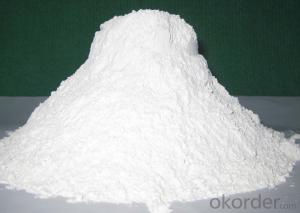Calcium Borate
Calcium Borate Related Searches
Wall Lights For Bedrooms Geogrid For Retaining Wall High Five Stainless Steel Prop High Quality Solar Inverter Retaining Wall With Geogrid High Temperature Aluminum Tape High Temperature Clear Plastic Sheet High Quality Roofing Felt High Voltage Solar Inverter Thin Wall Stainless Steel TubeHot Searches
Used Foam Board Insulation For Sale Plastic Roof Tiles For Sale Magnesium Oxide Board For Sale Hdf Board For Sale sintra board for sale Gypsum Board Price Per Sheet In India High Density Mdf Board Suppliers Calcium Silicate Pipe Insulation Price 5 8 Type X Gypsum Board Price Calcium Silicate Board Suppliers In Uae Gypsum Board Price Per Sheet Extruded Polystyrene Insulation Board Price Polyurethane Insulation Board Price White Melamine Board Price Black Melamine Board Price Pre Laminated Board Price List Durock Cement Board Price Century Waterproof Plywood Price List Greenply Waterproof Plywood Price List Solar Inverter Mounting BoardCalcium Borate Supplier & Manufacturer from China
Okorder.com is a professional Calcium Borate supplier & manufacturer, offers integrated one-stop services including real-time quoting and online cargo tracking. We are funded by CNBM Group, a Fortune 500 enterprise and the largest Calcium Borate firm in China.Hot Products
FAQ
- in the ocean
- Salts are the result of the association of cations and anions. Cations are usually metals like Calcium, Sodium, Potassium anions are ususally sulfates, phosphates, carbonates...... calcium carbonate and calcium phosphate are useful in making bone. Potassium Chloride is important in heart beat regulation Sodium Chloride is important in maintaining blood pressure. Carbonate is important in blood chemistry and the transfer of energy within a cell. all these salts are found in abundance in the ocean. If you follow evolution, those salts in the ocean have given rise to our own blood chemistry and organic health.
- anybody here knows the difference of organic iron salt (ex. F.gluconate) vs inorganic (ex. F.sulfate)?
- It it's organic, then the anion (the negative ion) is the conjugate base of an organic acid. If it's inorganic, then the original acid was inorganic (like H2SO4 making sulphates).
- The stronger the transpiration is, the faster the absorption rate of inorganic salts and water is
- Due to dry conditions are not complete, the lack of text, can not be a normal answer.
- Please tell in your own language how water and inorganic salts are transported from the soil to the leaves.
- The roots of plants are usually divided into roots, roots, roots, roots (roots, roots and roots) for the absorption of roots, the absorption of roots from the soil to absorb water and inorganic salts, through the transport organization to reach the xylem catheter, through the catheter To the various organs of the plant (including leaves). The effect of the absorption of roots through the semipermeable membrane of the role of penetration, that is, the concentration inside and outside the cell membrane is poor. Transpiration can provide transport power for the transport tissue, like a pump to the water and water carrying inorganic salts to the top of the plant. Or first through the root absorption, and then through to the transport.
- What is the disease of inorganic salt crystals?
- But if the urine turbidity, but also accompanied by fever, low back pain, increased frequency of urination and other phenomena, there may be inflammation of the urinary system, should go to the hospital for timely diagnosis and treatment of doctors.
- What to eat can promote the absorption of inorganic salts
- The inorganic salt is required to enter the carrier in the cell membrane that requires the cell membrane
- Does the inorganic salt fight the mass spectrum?
- Can it be specific? What mass spectrometer, which inorganic salts. Do EI need samples can be vaporized, inorganic salts obviously not appropriate
- The lack of symptoms and food sources of several inorganic salts
- Food sources of inorganic salts containing calcium Source: dairy products, beans, cereals, kelp and so on. Source: seafood, etc. Food of iron-containing inorganic salts Source: Fruits Containing iodine-containing inorganic salts Source (trace): seaweed, jellyfish, corn, mussels, etc. Zinc-containing inorganic salt food sources (trace): animal liver (viscera), fruit, peanuts, etc.
